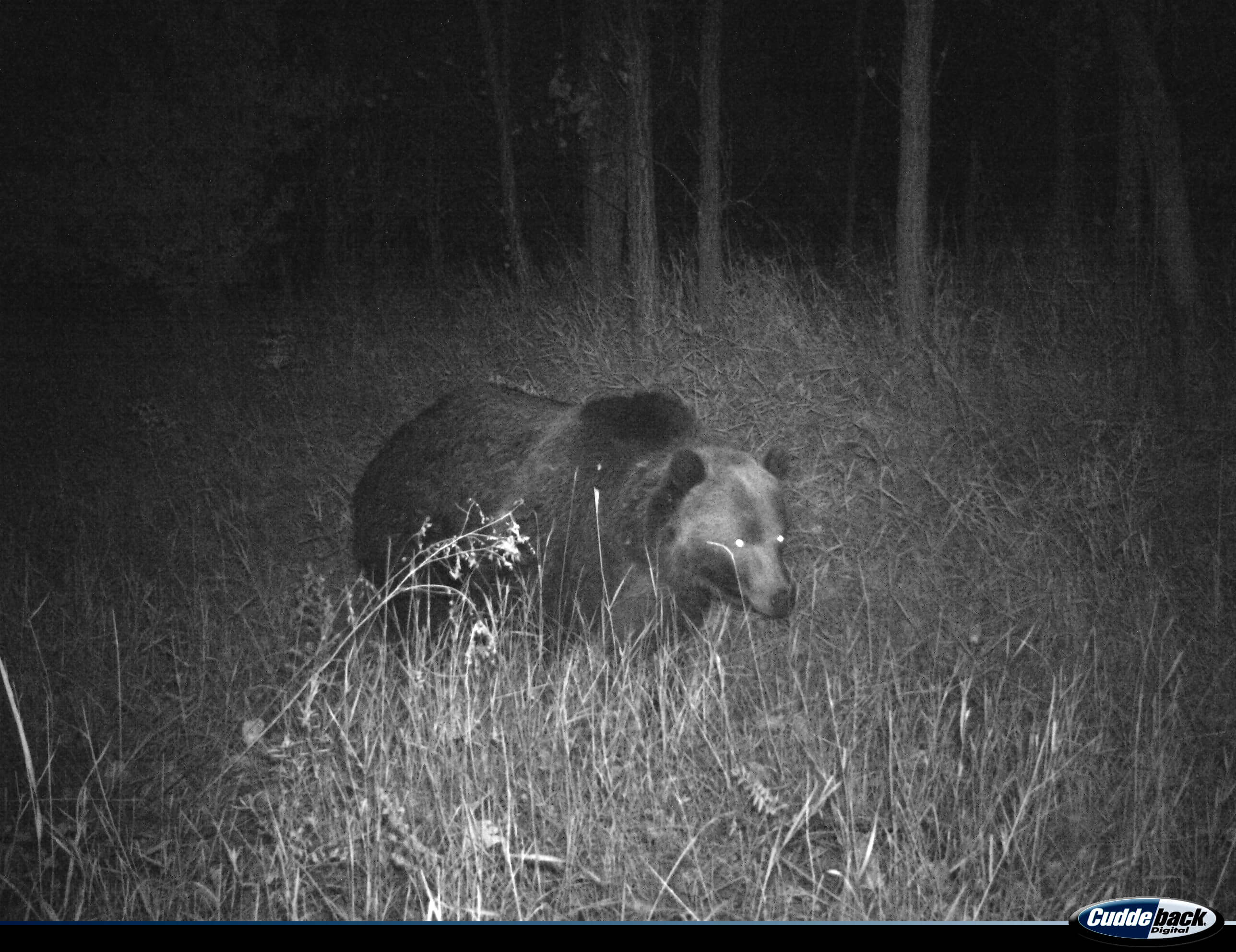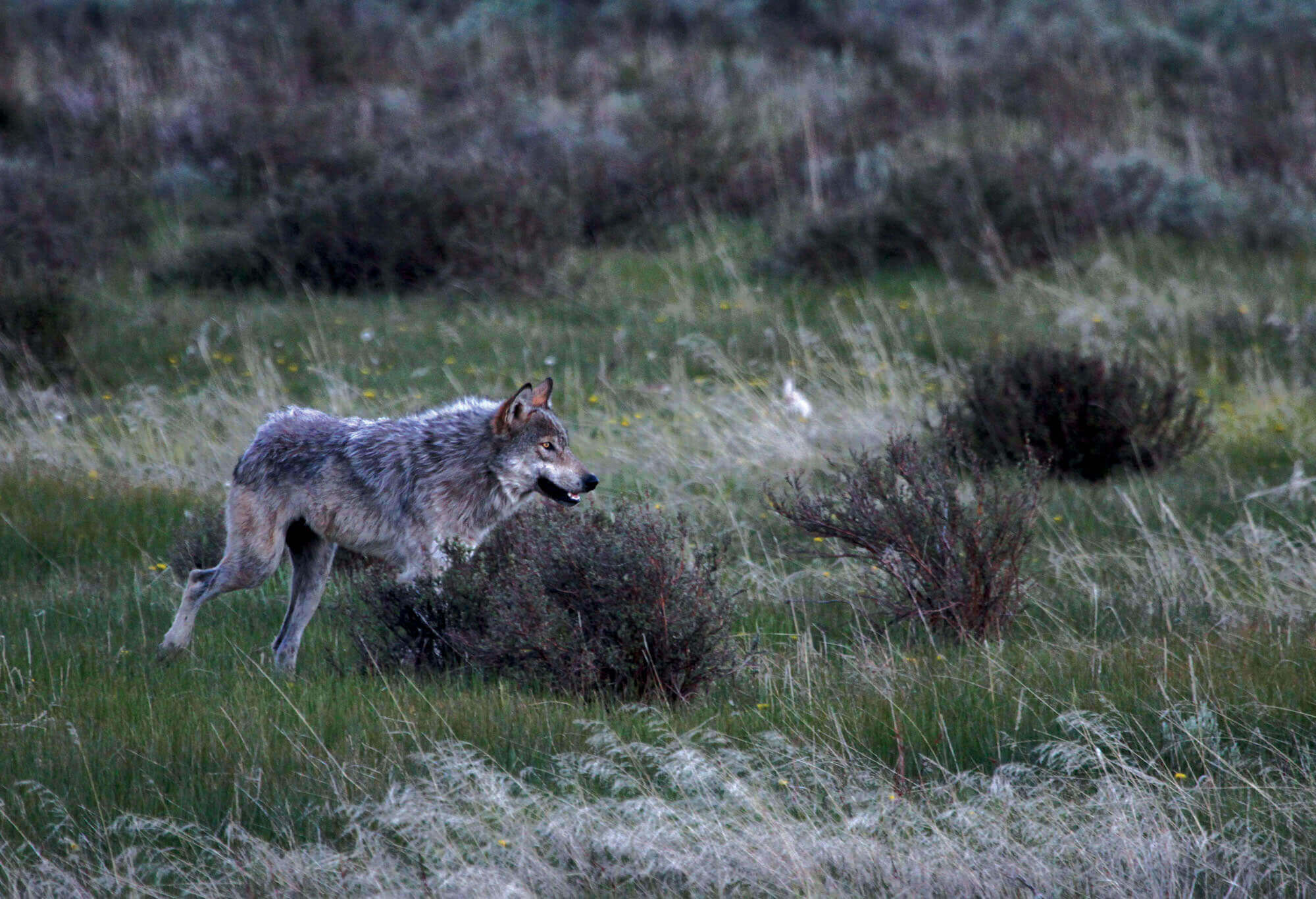All four species were historically common across much of the continental United States.
Today wolves and grizzly bears are often associated with mountain habitats, but scientific evidence and firsthand accounts indicate that they adapted specifically for life in the open grasslands. Grizzly bears and wolves are expanding their ranges from their current habitats in the mountains to the south and west of the American Prairie region. Initial evidence of grizzly bears has been found on American Prairie property, and it is expected that both species – grizzlies and wolves – will eventually recolonize the Missouri River Breaks area through natural immigration. Mountain lions have already done so and are now found in low populations in both the Little Rocky Mountains and the Missouri River Breaks. Black bears also have recolonized the Bears Paw Mountains and Little Rocky Mountains.
In addition to providing sanctuary for carnivores on our properties, we are working with our communities and partners to develop and promote non-lethal management tools to reduce human-wildlife conflict in anticipation of the return of grizzly bears and wolves to the landscape. We are actively growing the Wild Sky program, which pays landowners for tolerating wildlife. We also are working with other non-profit groups to build public acceptance of carnivores in the region, we are continuing general outreach and promoting active discussion on living with wildlife, and we are collaborating with agencies to promote conflict reduction programs and practices.
Bear Safety Checklist
Be alert and watch for signs of bears
Stay at least 100 yards from bears
Carry bear spray and know how to use it
Hike in groups and make noise
Avoid hiking at dawn, dusk, or at night
Store food and garbage in bear-proof containers and do not cook in your tent
If a bear charges you, stand your ground. Do not run
If a bear attacks you, drop facedown to the ground and cover as much of your neck and head as possible
FWP guidelines state: "Both grizzly bears and black bears pose a threat. In an encounter, the bear’s behavior, rather than its species, should determine how you respond."



